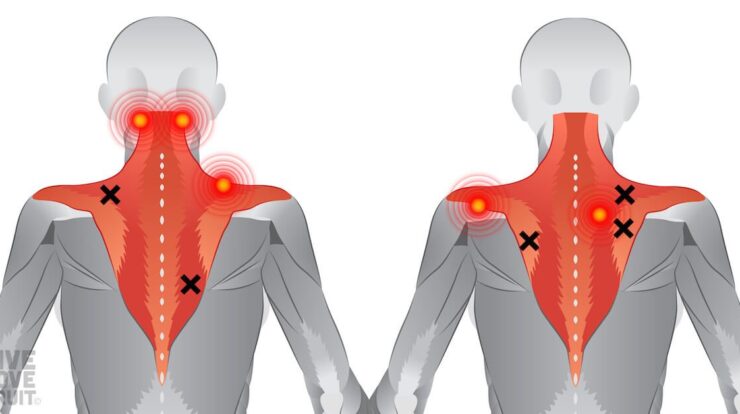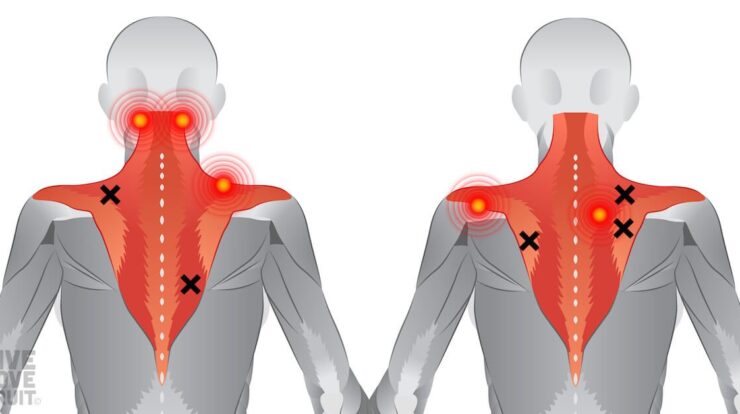
How can stiff and tight muscles result in back pain? This question delves into the intricate relationship between muscle tension and spinal discomfort, exploring the physiological mechanisms that connect the two. Join us as we uncover the hidden link between muscle stiffness and back pain, shedding light on the impact it has on our daily lives and overall well-being.
Stiff and tight muscles can significantly affect the biomechanics of the back, leading to imbalances and improper posture. These imbalances put undue stress on the spine, resulting in pain and discomfort. Additionally, trigger points, which are localized areas of muscle tension, can develop and refer pain to other parts of the body, further exacerbating back pain.
Stiff and Tight Muscles: Understanding the Mechanisms
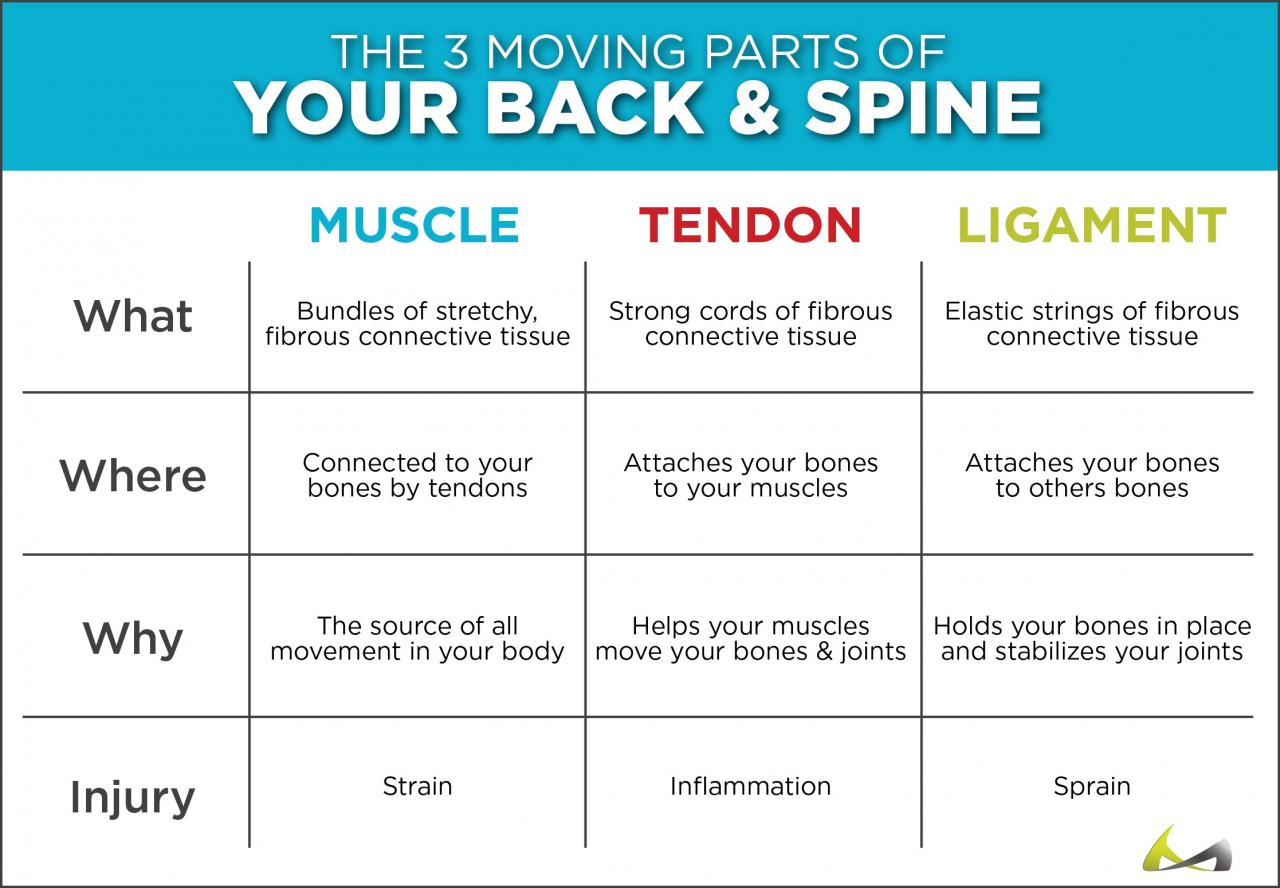
Stiff and tight muscles are a common complaint, often resulting from various factors such as inactivity, prolonged sitting, or strenuous exercise. Understanding the physiological processes that lead to muscle stiffness and tightness can help us better manage and prevent these conditions.Muscle
Mothers across the country were celebrated this past weekend with Snoopy Happy Mother’s Day events. Snoopy and his friends spread joy and happiness at various locations, including Snoopy Happy Mother’s Day in Floyd, where families enjoyed live music, games, and character meet-and-greets.
fibers are the basic units of muscle tissue. When these fibers are healthy, they can contract and relax smoothly. However, when muscles are subjected to prolonged stress or strain, they can become damaged and inflamed. This damage can lead to the formation of scar tissue, which can restrict muscle movement and cause stiffness.Fascia
is a connective tissue that surrounds muscles and other structures in the body. It helps to provide support and stability. However, when fascia becomes tight or inflamed, it can also restrict muscle movement and contribute to stiffness.Inflammation is another factor that can contribute to muscle stiffness.
When muscles are injured or overworked, they release inflammatory chemicals that can cause swelling and pain. This inflammation can also lead to the formation of scar tissue, further exacerbating muscle stiffness.
For those looking for a special way to express their gratitude, happy mother’s day pictures provided a collection of beautiful and heartwarming images that captured the special bond between mothers and their children.
Muscle Stiffness and Back Pain: The Biomechanical Link
Stiff and tight muscles can have a significant impact on the biomechanics of the back. When muscles are not functioning properly, they can lead to imbalances that can put strain on the spine and other structures in the back.For example, tight hamstrings can pull the pelvis backward, causing the lower back to arch excessively.
This can lead to pain and discomfort in the lower back, as well as increased risk of injury.Similarly, tight chest muscles can pull the shoulders forward, causing the upper back to round. This can lead to pain and discomfort in the upper back, as well as headaches and neck pain.Proper
In addition to the festivities, experts also shared valuable information on health and wellness. At lower back exercises at home , participants learned about simple and effective exercises to strengthen their lower back and prevent pain. Similarly, explain why regular exercise is the best way to prevent flexibility issues highlighted the importance of regular physical activity for maintaining flexibility and preventing stiffness.
posture is essential for maintaining healthy muscle function and preventing back pain. When we sit or stand with poor posture, we put strain on our muscles and joints, which can lead to stiffness and pain.
Muscle Tension and Painful Trigger Points
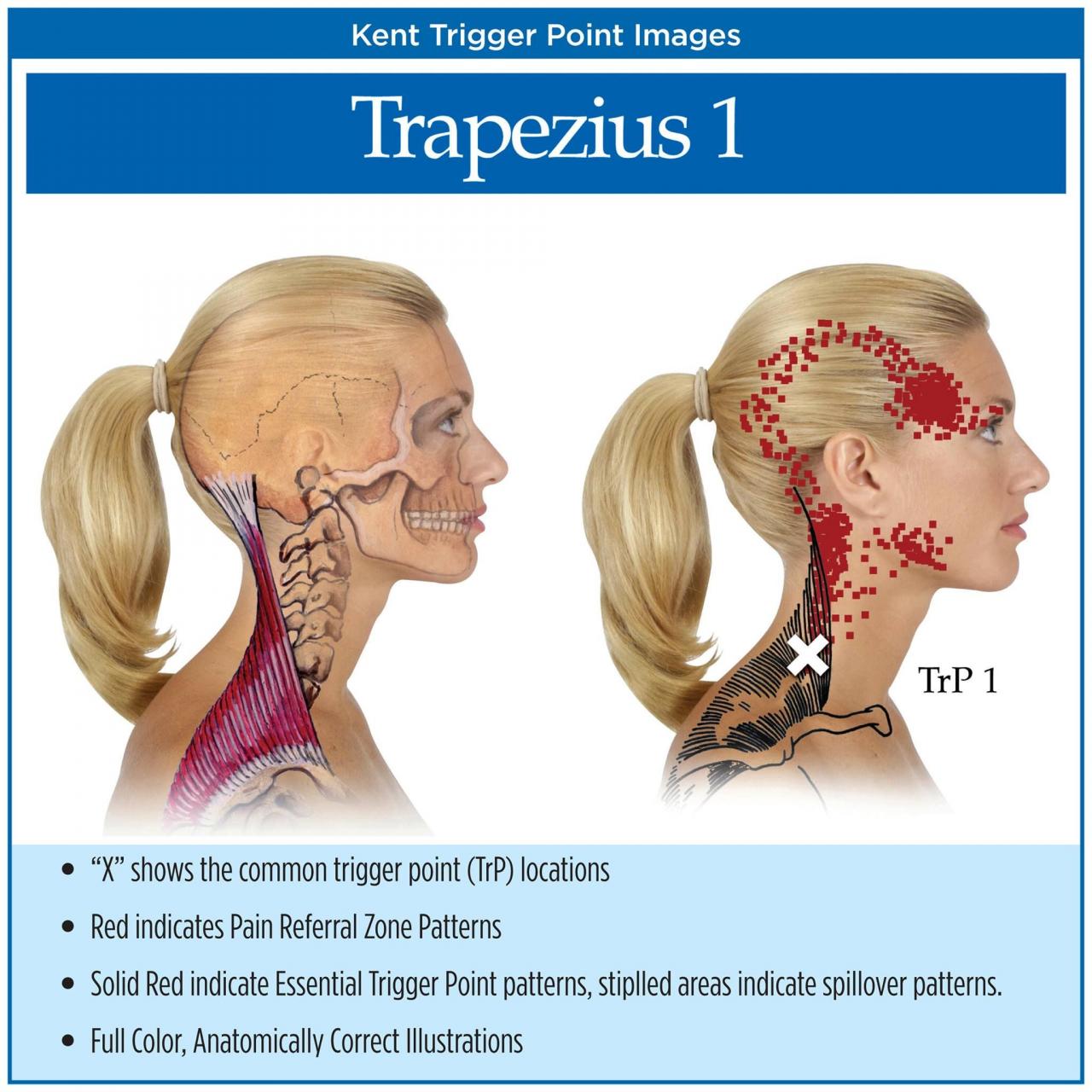
Trigger points are small, tender areas that can form in muscles when they are tight or overworked. These trigger points can refer pain to other areas of the body, making it difficult to identify the source of the pain.For example, a trigger point in the upper trapezius muscle can refer pain to the head, neck, and shoulders.
Similarly, a trigger point in the gluteus medius muscle can refer pain to the hip, thigh, and lower back.Trigger points can be caused by a variety of factors, including:* Muscle overuse
Snoop Dogg has sent out a heartfelt message to all the mothers out there in honor of Mother’s Day. The rapper shared a video on social media of him and his mom, Beverly Tate, dancing together. “Happy Mother’s Day to all the beautiful mothers out there,” he wrote in the caption.
“I love you, Mom!” Happy Mother’s Day pictures
- Muscle injury
- Poor posture
- Stress
- Anxiety
Impact on Daily Function and Quality of Life: How Can Stiff And Tight Muscles Result In Back Pain?

Stiff and tight muscles can have a significant impact on our daily function and quality of life. They can make it difficult to perform everyday activities, such as walking, sitting, and lifting objects. They can also lead to pain, discomfort, and fatigue.In
addition, stiff and tight muscles can affect our posture and movement. This can lead to decreased balance and coordination, as well as increased risk of falls.Stiff and tight muscles can also have a negative impact on our overall well-being. They can make it difficult to relax and sleep, and they can contribute to feelings of stress and anxiety.
Conclusive Thoughts
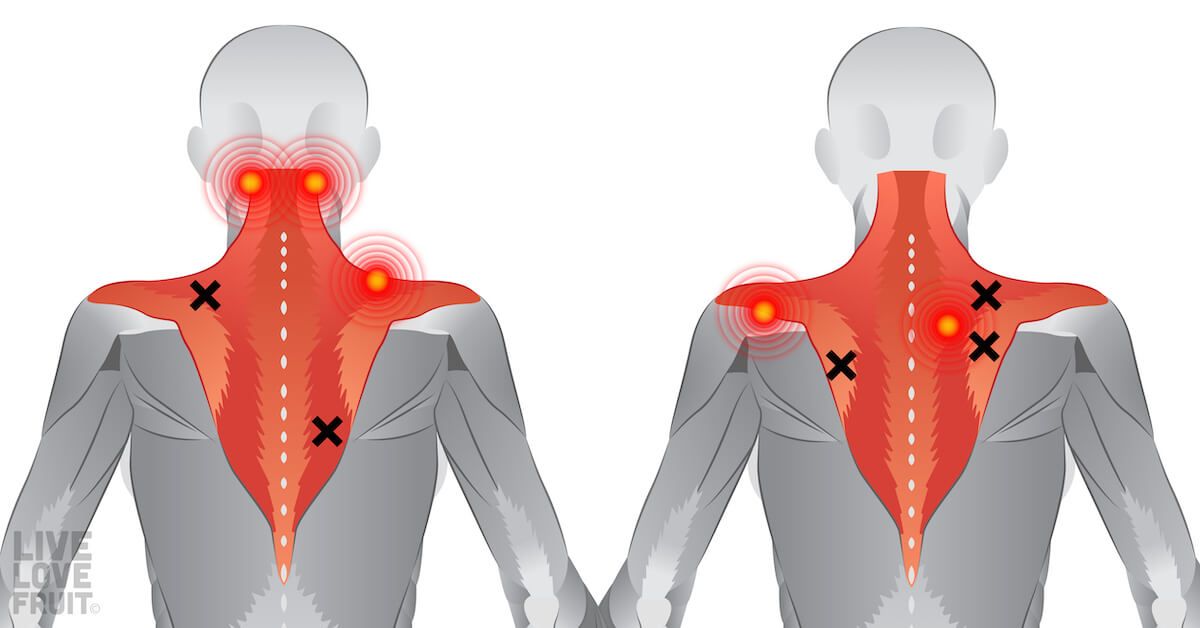
In conclusion, stiff and tight muscles can have a profound impact on back pain. Understanding the mechanisms behind this connection empowers us to take proactive steps towards preventing and managing back pain. By maintaining muscle flexibility and addressing muscle imbalances, we can alleviate pain and improve our overall quality of life.
Commonly Asked Questions
What are the physiological processes that lead to muscle stiffness and tightness?
Muscle stiffness and tightness can result from various factors, including prolonged inactivity, repetitive movements, poor posture, and inflammation. These factors can cause muscle fibers to shorten and lose their elasticity, leading to stiffness and tightness.
How do stiff and tight muscles contribute to back pain?
Stiff and tight muscles can disrupt the normal biomechanics of the back, leading to muscle imbalances and improper posture. These imbalances put excessive strain on the spine, resulting in pain and discomfort.
What are trigger points, and how do they relate to back pain?
Trigger points are localized areas of muscle tension that can develop in response to muscle stiffness and tightness. They can refer pain to other parts of the body, including the back, and contribute to overall back pain.
